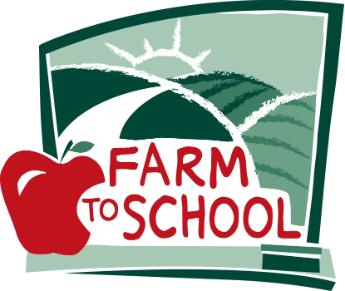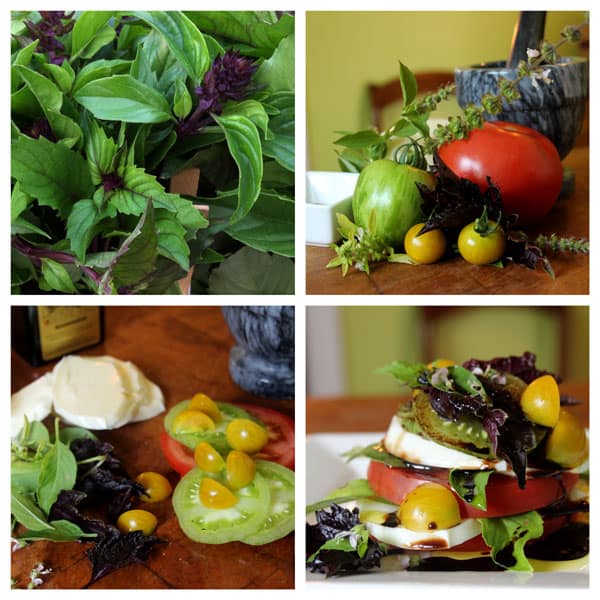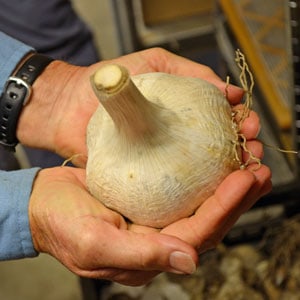We are constantly talking about and promoting local, sustainable agriculture and the power of an individual’s choice. Many of the things that are going right in our world of agriculture, food, nutrition and health are the direct result of the intersection of local agriculture and an individual’s choice. One such example is the local Yavapai County Farm to School program that is in the beginning stages as a result of Paradigm Permaculture Coalition’s work.
Here is the press release for their work and first fundraiser, to be held this October 18th and 19th. We are pleased to share this with everyone as an invitation to help this particular program, but also to be inspired and invited to work within your local community to create something similar!
Dear Northern and Central Arizona Friends and Customers:
We are excited to be involved with a new grass-roots organization based right here in Yavapai County, the Paradigm Permaculture Coalition with the goal of bringing a Farm to School program to Yavapai County. Getting fresh, local foods into our schools here and across the nation is important in growing the next generation. We wanted to share with you more about this organization and upcoming events in October that we hope you will support.
History
Farm to School is a nationally recognized and USDA supported program with its inception in 1996-1997. A Farm to School initiative in Yavapai County was seeded in 2012 by a group of local educators and concerned citizens. The Yavapai County Farm to School Grant Advisory Committee applied for the 2012-2013 USDA Farm to School Planning Grant. In 2013, this group of invested partners grew to include Quad-City school districts, local agencies, and non-profits that are in alignment with providing nutrition education, access to fresh local produce for school meal programs, and hands-on gardening activities for school children. The committee applied for the 2013-2014 Planning Grant and will be notified in October if a recipient. The outcome of these efforts was the founding of Paradigm Permaculture Coalition. We are a 501c-3 in partnership with Cornucopia Community Advocates located in Sedona.
Mission & Vision
Paradigm Permaculture Coalition is an educational organization that inspires regenerative living practices in the desert southwest by promoting locally based agriculture through education, community outreach and networking. The term Permaculture was coined over 25 years ago by Bill Mollison and David Holmgren, as a “Perennial Agriculture for Human Settlements” or a conjunction of “permanent-culture, permanent-agriculture”. This is a technology that mimics eco-systems and therefore, society via a system of zones or guilds.
We envision healthy relationships, happy hearts, and empowered people through the lens of permaculture principles of: care of the earth, care of people, and a fair share for all. These actions encourage abundant growth and distribution of local and regional food, provide experiential education opportunities, and enrich local economies that nourish our communities for future generations.
Get Involved: Farm to Table Fundraiser
Our inaugural event will celebrate National Farm to School Month while informing parents, local educators, administrators, businesses and government officials through the engagement of an experiential education field day and ‘Cultural Connections through Local Food’ fun-raising event.
Mark your calendars for October 18th and 19th, 2013. Friday evening fun-raiser will feature local foods dinner, keynote speakers, multi-media presentations, silent auction and raffle. Saturday’s field day will include a visit to the Prescott Farmers Market, a tour of a local farm, and a luncheon with Q & A Farm to School Panel. These comprehensive groups of speakers are instrumental in their own Southwest communities, working toward Farm to School efforts. They offer us valuable information to guide our initiative in the planning and implementation for Yavapai County.
Friday, October 18, 2013 5:30 pm to 9:00 pm
Cultural Connections through Local Food – Yavapai County Farm to School Fundraiser
This fun filled evening will feature informative agricultural presentations by speakers from the Dine’ and Pima Indian Tribes, multi-media presentation on Farm to School, silent auction and raffle, with local foods dinner. $20/per ticket, a portion of which is tax-deductable. All proceeds go toward the successful development of a Farm to School program in Yavapai County. Register for the Yavapai County Farm to School Fundraiser here!
Saturday, October 19, 2013 8:00 am to 3:00 pm
Educational Field Day
To include a visit to the Prescott Farmers Market, a tour of Mortimer Family Farm in Dewey, Chino Valley Farms in Chino Valley and a luncheon buffet with Q & A Farm to School Panel. This comprehensive group of speakers is instrumental in their own Southwest communities, developing and enhancing Farm to School programs. The panel will also include individuals working in our local school districts and Health Department to address food safety issues. They offer us valuable information to guide our initiative in the planning and implementation for Yavapai County. Register for the Educational Field Day here!
Thank you for supporting this project, please forward this email to your friends and neighbors to help spread the word!












